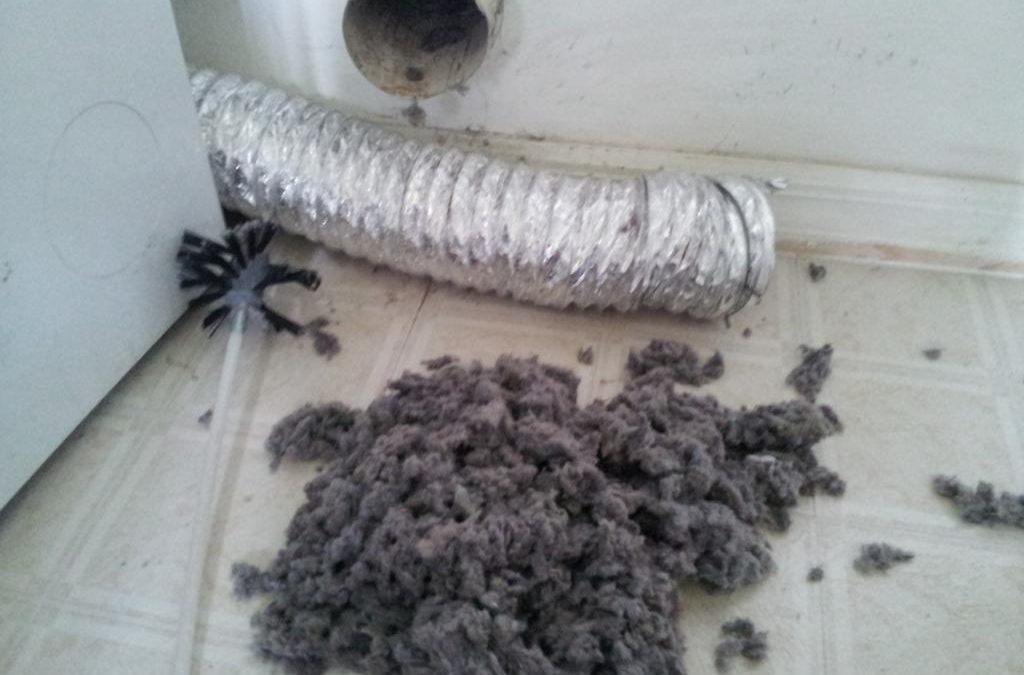Miley Cyrus And Pure Airways Clean Dryer Duct: 10 Surprising Things They Have In Common
After you are looking to vent a little crawl place, it is important to notice that utilizing a dryer vent is not really a great idea. Even though it could be quite simple to setup and appear much like the correct strategy, you will discover that you just wind up with far more problems than you at first supposed.
Why They are really Bad
After you use a dryer vent set up into a compact crawl room you can find that the ceiling may perhaps start out leaking. This is on account of the very fact that the dryer vent is too distant from any resource of air move which it will get chilly incredibly easily. This is certainly a concern simply because the when moist, hot air operates from the vent, condensation goes to type within the pipe. Also, you will find the vent program fails to perform its career of ventilating the area. This is because dryer vents develop lint and dust and filthy quite swiftly. They will need continuous focus and also have being cleaned out generally.

Fix the Problems
To be able to resolve the venting, you will need to make certain that the vent pipe stays warm. It is a surprisingly easy position for the drywall repairman. it does expense a tiny bit of money, however it will help save you from being forced to spend 3 instances just as much revenue to replace the h2o hurt as part of your ceiling.
Can a Dryer Vent Go Up Via an Attic?
The Intercontinental Household Code enables you to operate a dryer vent through the attic, however, you can not terminate it there. Accomplishing so would fill your attic with heat, moist air which could rot the framing and spoil the attic insulation, and http://www.pureairways.com/dryer-vent-cleaning lint with the dryer could make other difficulties. Delivered the vent doesn't exceed the duration restrict, is put in effectively and exits in the wall or roof, it ought to be harmless and productive.
The Difficulty with https://en.wikipedia.org/wiki/?search=dryer duct Attics
The attic is frequently colder when compared to the relaxation of your property in the course of the wintertime, which can create a issue for a dryer vent. The warm, moist air inside the vent has a tendency to condense to the colder walls on the pipe, as well as the h2o droplets capture lint, which also will get soaked and sticks to the pipe. The lint inevitably builds up and constricts the pipe, plus the dryer can't exhaust properly. This will make the dryer do the job more difficult, costing you cash for electricity, and it might also result in the dryer to overheat and start a hearth.
Controlling Condensation
Just one vital method to handle condensation is to maintain an upward slope about the vent pipe toward the exhaust opening. This slope will allow condensation to empty again toward the dryer, and you simply can manage it by periodically unhooking the vent in the dryer and allowing the water to empty. Should the pipes are insulated, while, you mustn't even really have to do this. Wrapping 1-inch fiberglass insulation throughout the pipes inside the attic keeps the partitions from receiving cold and prevents condensation from forming.
Preventing Lint Build-Up
Even when you control the amount of condensation in the vent pipe, lint buildup can however be described as a problem unless of course you observe IRC suggestions. Based on these rules, you'll want to construct the vent from 4-inch rigid galvanized pipe using the pipe joints struggling with the vent outlet. Use foil-backed tape to protected the joint -- not duct tape, which often can fail after a number of several years -- and never sheet steel screws, which protrude inside of the pipe and capture lint. The duct really should be adequately supported with strapping or clamps so that it would not sag, as lint also collects in depressions.
Other Crucial Considerations
The IRC specifies a most length of twenty five feet for dryer vents, although it defers to dryer brands who endorse more time vents for his or her products. Each individual 90-degree bend subtracts 5 ft from your full allowable duration, and each 45-degree bend subtracts 2-1/2 feet. The vent must exit the building through the roof or wall at the very least three toes away from every other making openings, and the vent deal with -- which ought to not consist of a screen -- really should allow dispersal of lint inside the air when avoiding h2o and small animals from entering the vent.